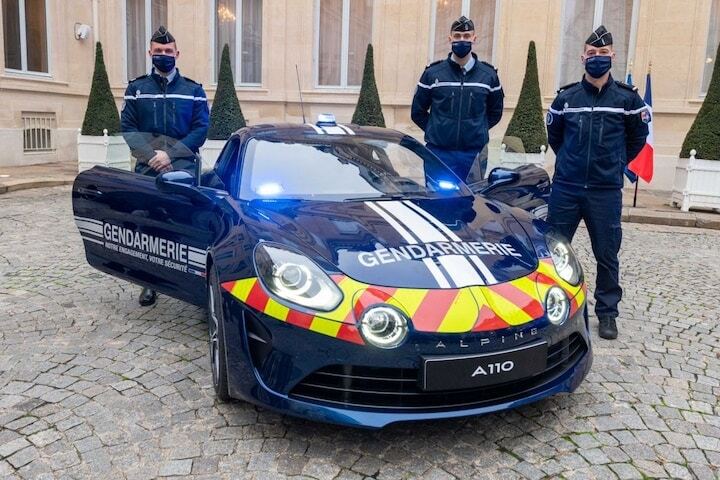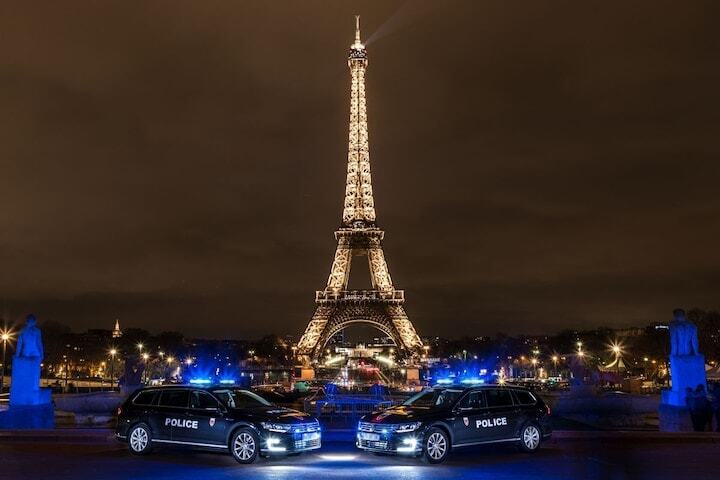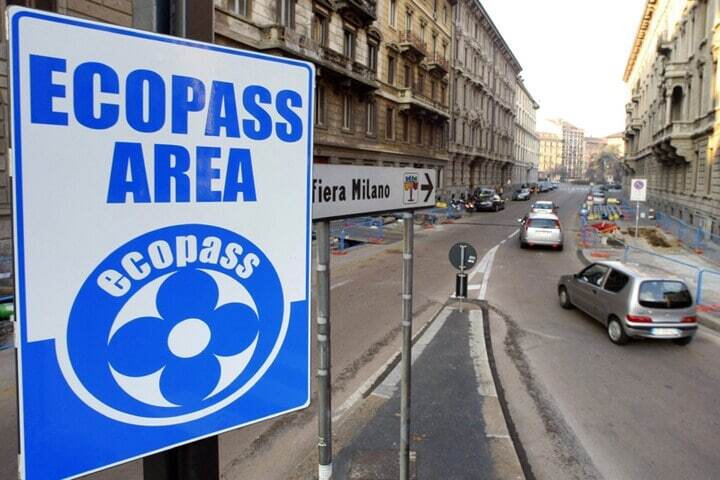
The two most frequently issued traffic fines for Dutch citizens abroad are for speeding and unauthorized entry into environmental zones. With these tips, you can prevent or at least minimize the trouble.
A speeding ticket is easily incurred abroad. Unclear or almost invisible signs, poor weather conditions, or simply a moment of inattention can easily lead to a fine that you only find in your mailbox upon returning home. Fortunately, the Netherlands is one of the most expensive countries when it comes to speeding, so you often feel like you’re getting off ‘cheaply’.
Many still think that a traffic ticket issued abroad is not forwarded to the Netherlands, but the opposite is true. A speeding ticket from abroad can be collected in the Netherlands via the Central Judicial Collection Agency (CJIB). At least, if the country of origin has an agreement with the Netherlands for the collection of fines. This mainly applies to EU member states and Switzerland, with which the Netherlands has a bilateral treaty.
For example, the French police can easily find the name and address of the vehicle’s registered owner via the RDW (Netherlands Vehicle Authority) using the Dutch license plate. This means you’d better pay them, because otherwise the CJIB will come after you, and the fines will quickly become more expensive due to increases and interest. Paying quickly often has more advantages, as you get a ‘discount’ in some countries when you pay quickly.
Spain is the most generous
Spain is the most generous in that regard towards traffic offenders. When you receive a fine from the Spanish Directorate-General for Traffic (Dirección General de Tráfico, DGT), you get a 50 percent discount if you pay the fine within twenty days of receipt. The condition is that you do not appeal the violation.
After twenty days, the normal rate of the fine applies, until the 45th day after the date on the notification. If you pay later, the fine is increased by 20 percent. Moreover, the details of the driver of the car when the offense was committed must be known within that period. This has everything to do with the points system in Spain: the more violations you make, the greater the chance that you will lose your driver’s license.
France: within fifteen days
In France, you have fifteen days to pay your fine ‘with a 50 percent discount’. This reduction of the fine is especially interesting if you have committed a speeding offense with speeds between 20 and 50 km/h above the limit, for driving a car without a registration certificate, or for not wearing seatbelts. The normal fine in those cases is 90 euros, but you can save €45 by paying quickly.
United Kingdom: within fourteen days
In the United Kingdom, it can vary, but if you receive a fine from the local traffic authority Transport for London in the capital, you can deduct 50 percent of it if you pay within fourteen days. If you pay too late, the original fine amount is increased by 50 percent.
Italy: within five days
Italy applies a lower rate if you pay a fine within five days, and even if you are willing to pay it on the spot. The discount can be 30 percent in that case. On the other hand, if you are stopped for more serious violations, you may be asked to pay an advance pending the actual fine. In that case, make sure you get proof of payment.
Furthermore, it is important to always check whether the fine sent from abroad is genuine. Financial scammers often target unsuspecting vacationers. Only pay the fines that arrive on paper, at home in the mailbox. The police or the Public Prosecution Service in other countries will never send a fine by e-mail or WhatsApp. Also, check whether it is correct that you were at that location at that time and whether it is precisely indicated which traffic rule you violated.

Environmental zones
When it comes to the notorious environmental zones, it is currently mainly France and Italy that give Dutch postcodes a lot of work. Although France has announced that it will soon stop with the controversial environmental zones, thirty new French cities are introducing such a zone this year.
The purpose of the zones is clear: to improve air quality in urban areas by discouraging polluting traffic. Motorists must have an environmental sticker in certain cities. Without that sticker, one risks a fine, which can amount to €135 for trucks. Motorcyclists and drivers of campers are also covered by the scheme.
Four types in France
The best-known environmental zones are the ZFE (Zones à Faibles Émissions), which are permanently in effect and restrict access for polluting vehicles. But there are also temporary variants such as the ZCR (Zones de Circulation Restreinte) and ZPA (Zones de Protection de l’Air), which come into effect in the event of exceptional air pollution. The rules are not the same everywhere. In some cities, the Crit’Air vignette is always mandatory, in others only in the event of smog or specific weather conditions. So confusion is lurking.
Also Lille and Bordeaux
As mentioned, thirty new cities have joined the system, spread across France. These include Bordeaux, Rennes, Dijon, Nancy, Avignon, Toulon and Caen. Striking is the expansion of the zones around Lille: 94 surrounding municipalities have now been included in the environmental zone. The vignette is also mandatory on the motorways that cross these cities. Anyone who drives without one risks a fine. Even if you don’t stop in the city itself.
Cheap, but apply on time
For example, the Crit’Air vignette in France has become almost indispensable for Dutch motorists. It is relatively cheap – €4.91 including shipping – and applies throughout the country. You can order the vignette online via the official website of the French government: www.certificat-air.gouv.fr . In the upper right corner of the homepage you can choose the English language and note: choose Vehicle registered abroad.
Take into account a delivery time of approximately fifteen days. Also beware of fraudulent websites that sell fake vignettes.

Italy a wasps’ nest regarding environmental fines
An environmental sticker is also mandatory in many German cities – even for electric vehicles. Without a valid environmental sticker, you are not allowed to enter such an ‘Umweltzone’. If you do, you risk a fine of €100. Even if you have ordered the sticker but have not yet received it, you can get a fine. Therefore, order it online at least 14 days before departure. This is possible with a number of providers and the costs are usually around €12.50.
Italy is a wasps’ nest when it comes to environmental zones. The good news is that you don’t need an environmental sticker for this country. The rules are simple in theory, because in Italy most environmental zones are only accessible to permit holders. As a Dutch citizen, you are not allowed to simply enter a ‘Zona Traffico Limitato’ (ZLT) without special permission. If you do, you will automatically be flashed and receive a fine of often more than €100.

In some cities, such as Milan and Palermo, you can buy a day pass at a kiosk or tobacco shop. But in most places it is simply forbidden territory for those who do not have a local permit. The ANWB (Dutch Automobile Association) therefore advises parking the car outside the ZTL zones and covering the last part by public transport or on foot.
Furthermore, you can possibly ask your hotel in the city whether they can arrange a temporary exemption. Such a permit must then be clearly visible under the windshield. Finally: be sharp on the traffic signs with ‘Zona Traffico Limitato’. They mark where the prohibited zones begin. In theory they are easy to recognize, but in practice they are overlooked by many tourists – with expensive consequences.